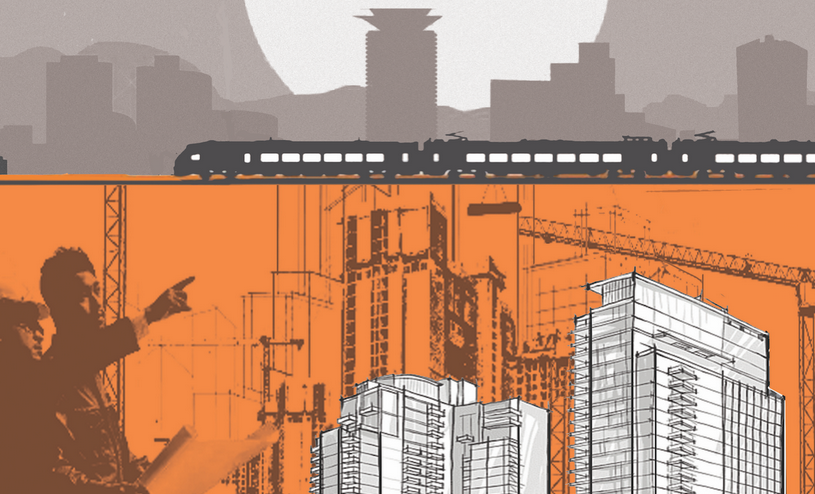
Kenya's affordable housing initiative represents a bold attempt to address one of our most pressing social challenges. Kenya's housing shortage represents a classic market failure where private developers focus on high-end properties with better profit margins, leaving a gap in affordable housing supply.
The government's intervention is economically justified, but the approach matters. We examine possible unintended consequences that threaten to turn this well-intentioned policy into an expensive failure that could leave intended beneficiaries worse off than before.
While public debate focuses on the housing levy, which applies a 1.5 per cent tax on gross income, a far more critical threat to this programme's success lies in the economic reality awaiting beneficiaries. The transition from informal settlements to formal housing represents such a dramatic increase in living costs that many families may be forced to abandon their new homes entirely.
In Kenya's informal settlements, residents have created sophisticated cost-sharing economies. Electricity flows through shared “sometimes through illegal connections” at minimal cost. Water comes from communal taps or informal vendors charging below formal rates.
A typical household might spend Sh4,500 total – Sh3,000 rent plus Sh1,500 for all utilities and services. The real shock for many beneficiaries comes with the formalisation of housing. In informal settlements, residents rely on shared, often illegal connections that drastically reduce utility costs.
But in formal housing, everything is individually billed at full rates—electricity through direct KPLC billing, water through metered usage and formal charges for waste collection and security services.
This shift means that while rent might remain relatively affordable, the cost of utilities and services significantly increases. A household that previously paid around Sh3,000 in rent plus minimal costs for shared utilities may now face double or even triple that amount in monthly housing expenses.
This raises a critical question: are we calculating affordability correctly? Focusing only on rent without factoring in full living costs risks making these units financially inaccessible to the very people they are meant to help. The proposed rental prices – Sh3,900 for bedsitters, Sh4,000 for one-bedroom, Sh5,000 for two-bedroom units – seem reasonable until you add utility costs.
Then they become unaffordable for the very people they are meant to help. If the cost of living in formal housing proves unaffordable, many families are likely to make rational economic choices that could ultimately undermine the goals of the affordable housing programme.
Some may turn to subletting rooms to offset utility expenses, leading to overcrowding and recreating the dense, informal conditions the programme aims to eliminate.
Others might choose to move back to more affordable informal settlements while renting out their formal units to middle-class tenants who can manage the higher costs. There is also a risk that families could drastically cut back on essential utilities by opting to use other unsafe alternatives instead of electricity or storing water irregularly to stay within budget, potentially exposing themselves to health and safety hazards.
These scenarios, while not guaranteed, present a real risk: public funds intended to house low-income earners could end up subsidising units that only the middle class can afford, while the intended beneficiaries remain in slums, further strained by mandatory housing levy deductions.
Secondly, this affordability crisis creates another problem: maintenance. One of the most overlooked aspects in any project is long-term maintenance and management. Public finance theory tells us that capital expenditure is only the beginning – operational costs often exceed initial construction costs over a building's lifetime. When residents can barely afford rent and utilities, they cannot contribute to building upkeep.
President Ruto has dismissed concerns about creating "vertical slums," arguing that density does not equal deprivation. While this is true in principle, it misses the economic reality.
When formal housing becomes unaffordable, overcrowding and subletting become survival strategies that recreate slum conditions in new buildings.
The risk for Kenya is creating assets that deteriorate rapidly due to inadequate maintenance funding or poor management structures.
Without clear revenue streams for ongoing maintenance and effective governance structures, today's affordable housing could become tomorrow's slums. Kenya's approach must carefully navigate the risk of creating concentrated poverty areas similar to failed public housing projects in New York or the banlieues of Paris.
These examples demonstrate how well-intentioned affordable housing can amplify inequality rather than reduce it. We often hear politicians and government officials proclaiming their desire for Kenya to emulate Singapore.
While these comparisons are usually vague or symbolic, there is one area where following Singapore’s example could bring real, transformative change: housing. Singapore’s public housing model stands as a global benchmark for affordable, inclusive, and well-planned urban living.
If Kenya is serious about becoming 'like Singapore,' then affordable housing is where that vision must begin. Singapore avoided this trap through integrated planning. Singapore's success partly stems from its town councils, which give residents control over estate management while ensuring adequate funding for maintenance.
Kenya's programme must include this integrated approach to long-term sustainability. Singapore’s Housing Development Board does not just build apartments, it manages the entire transition from informal to formal living.
It provides utility subsidies, ensures mixed-income neighbourhoods and creates comprehensive support systems that make formal housing genuinely affordable.
Singapore recognised that affordable housing is not just about construction costs, it is about total living costs. Its success comes from treating housing as part of a complete urban development strategy, not an isolated building programme.
Therefore, the Affordable Housing Projects should be viewed not just as housing provision, but as a comprehensive urban development strategy that addresses market failures while promoting social and economic inclusion.
Success will ultimately be measured not just by the number of units built, but by whether these developments create thriving communities that break rather than perpetuate cycles of poverty and inequality.
The writer works at a PFM-focused think tank













